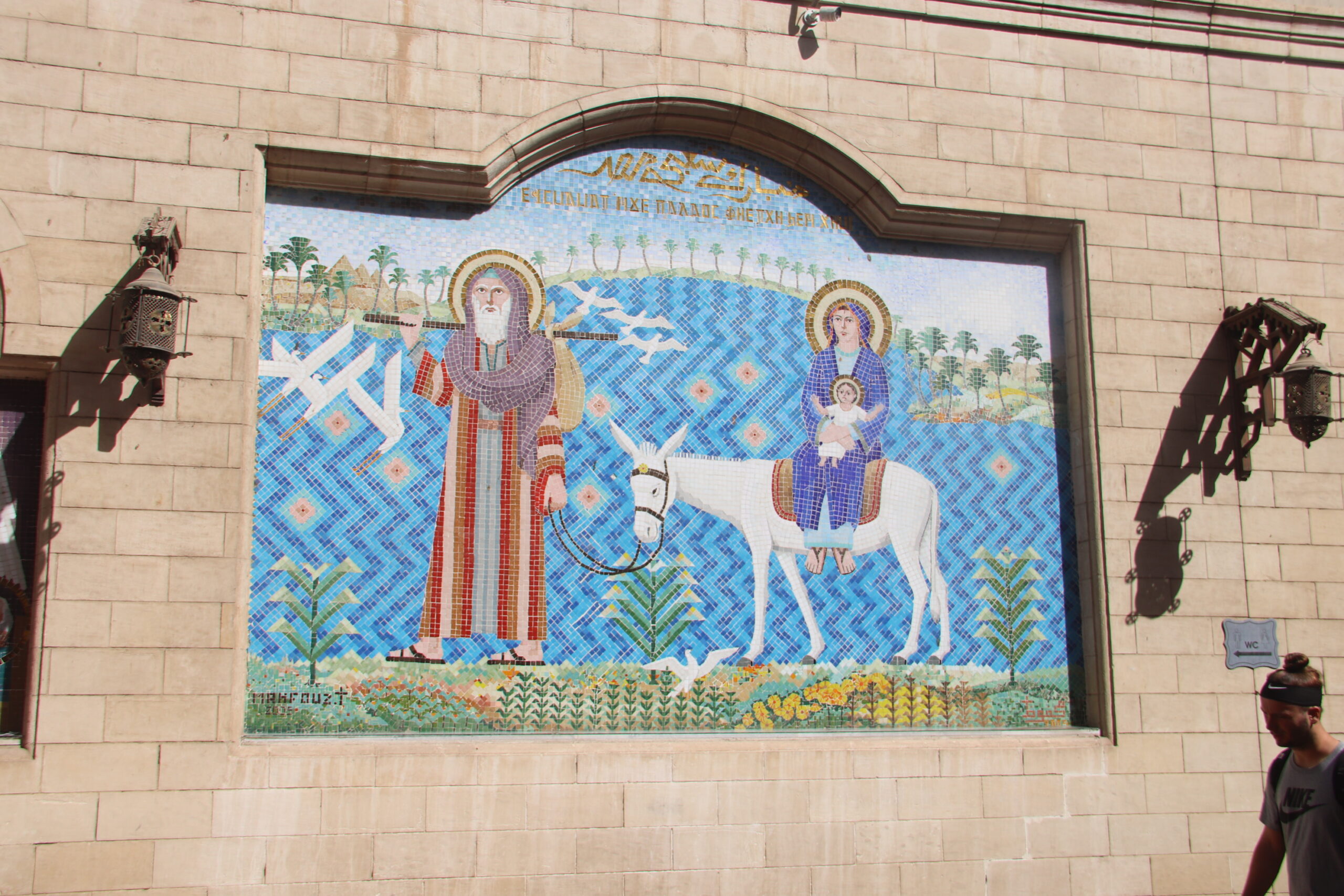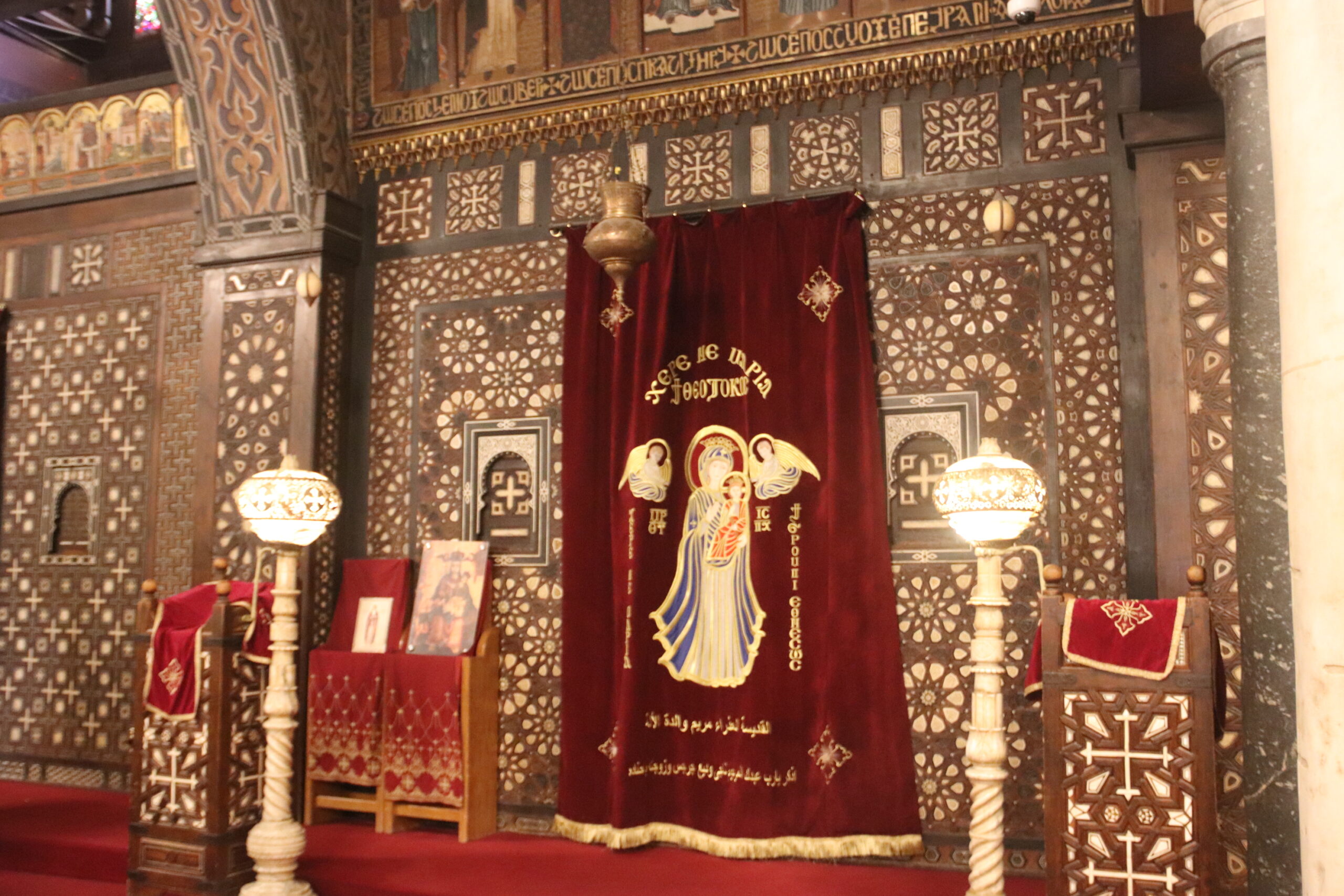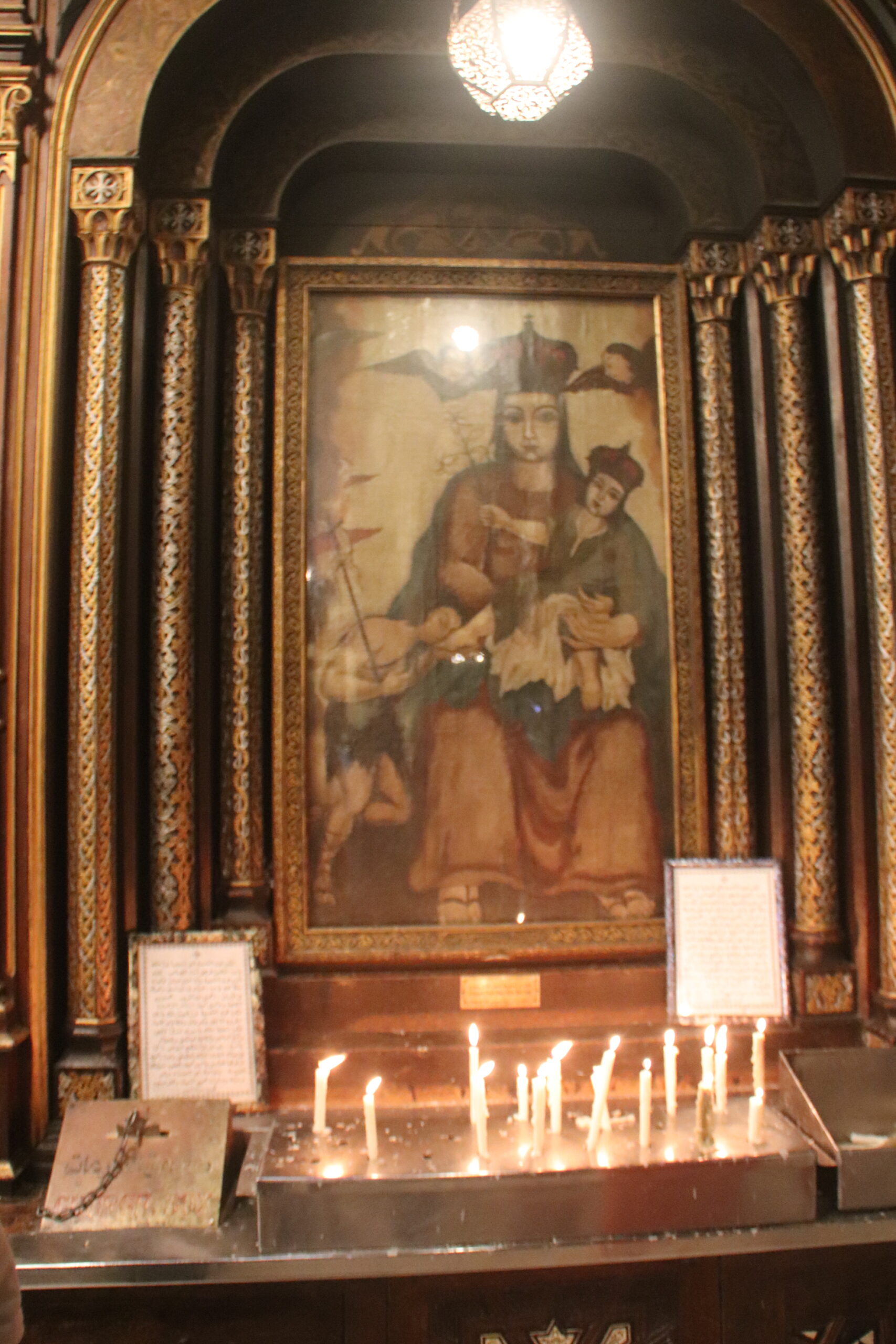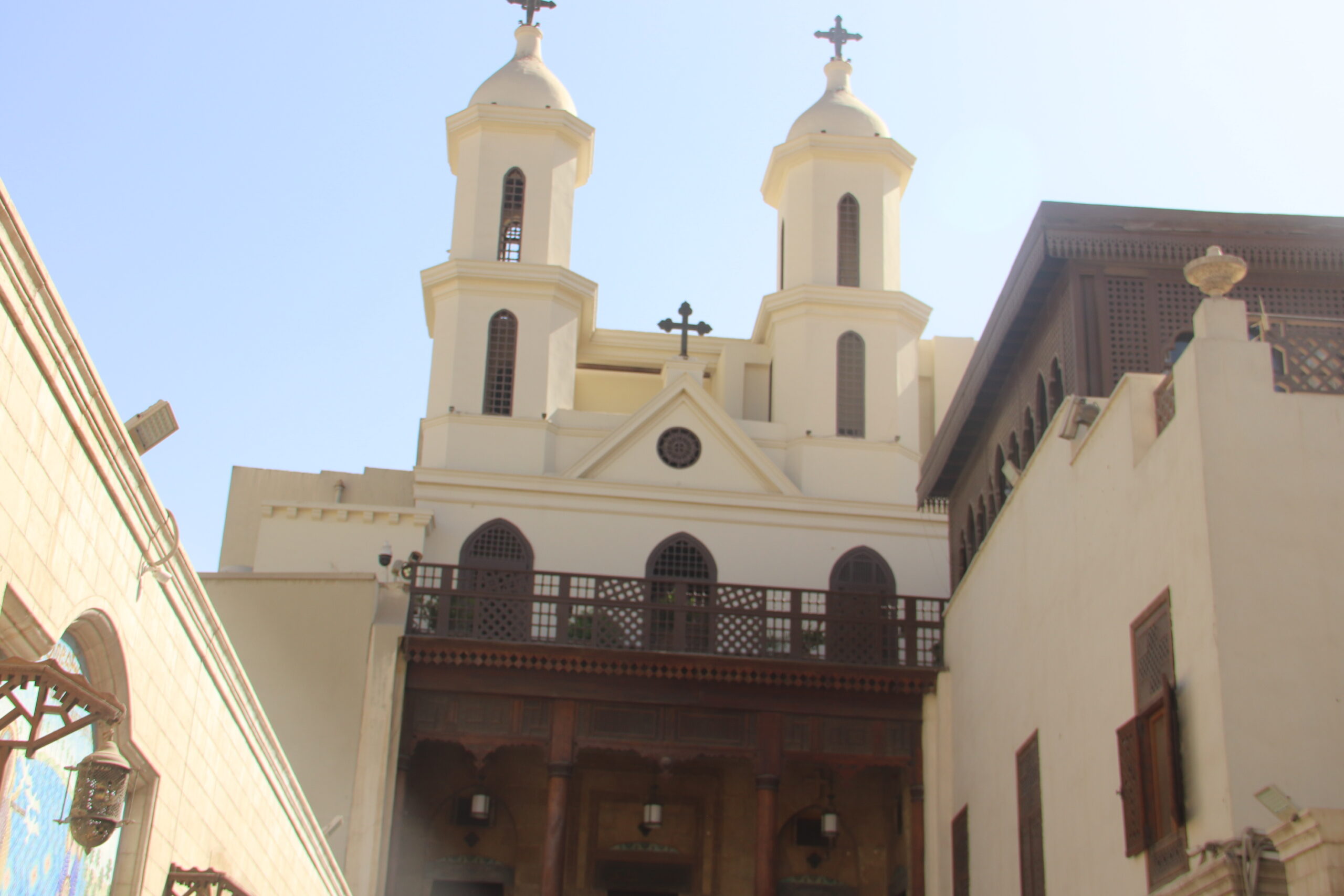


“The Hanging Orthodox Church”
It is known as the hanging church or suspended church. It is built on the eastern and western
towers of the Roman Fortress (Babylon Fortress). The top of the Roman fortress was covered with palms.
trees wood and layers of stone to be the ground of the church. European travelers called it a staircase church. It is approached by 29 stairs. Medieval Western pilgrims referred to the church as the church of the column.
The Roman Fortress
This Roman fortress was constructed as a part of the Roman defenses for the city of Memphis. It was built during the reign of the Roman Emperor Trajan and was named after the ancient Egyptian name Pr-happy-n-iwn, which means the Nile House of Heliopolis. During the Roman Period, it was referred to as Babylon Fortress. Later on, the Arabs named it Kasr el Shamee, which means the place of candles.
Its history
It’s fascinating to learn about the history of the Hanging Church. The church dates back to the end of the 8th century and the beginning of the 9th century. It was built during the time of Patriarch Issac and then rebuilt during the time of Patriarch Abraham. The church has been restored numerous times over the years, with the last restoration taking place in 2014 by the Egyptians and Russians. The oldest part of the church is believed to be the sanctuary of St. Tekla, the Baptistery, and the Church of St. Mark. According to Coptic traditions, the Holy Family, as well as St. Mark and St. Peter, visited the site. It’s also interesting to note that there was a library in the Hanging Church that contained manuscripts of theological, liturgical, and hagiographical order. These manuscripts are now kept in the Coptic Museum.
The church is a beautiful example of basilica-style architecture. It is dedicated to the Virgin Mary and St. Damiana. It is a stunning sight to behold, with its impressive size of approximately 23.5 meters in length, 18.5 meters in width, and 9.5 meters in height. The entrance on Mari Girgis Street is adorned with stalactites and a cross, adding to the grandeur of the building. Inside, the church boasts an array of truly breathtaking mosaics. These mosaics depict Christ and the saints, including a stunning portrayal of the entry of the Holy Family into Egypt. The mosaic is a beautiful representation of the Virgin Mary, Christ, and St. Joseph, with the added detail of the palm trees traditionally used during Palm Sunday celebrations. Overall, the church is a magnificent example of religious architecture, and its beauty is a testament to the dedication and hard work of those who built it.



